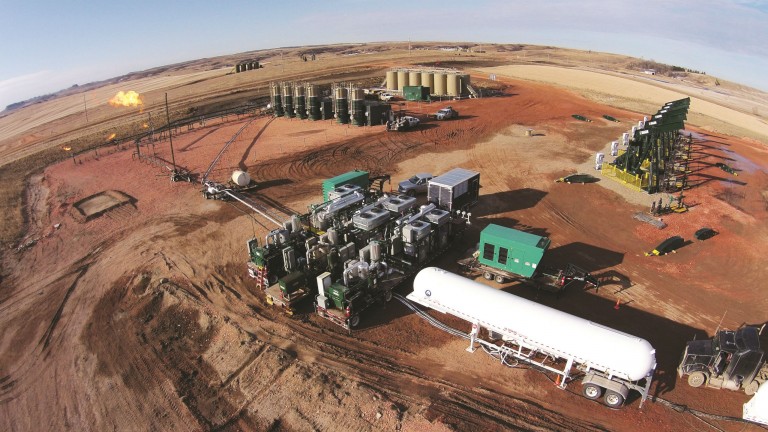
19 of these were in operation, 4 under construction and the remainder in various stages of development.Ģ4 of these were in the Americas, 12 in Europe, 12 in Asia-Pacific and 2 in the Middle East.ĬCS has been in operation since 1972 in the US, where several natural gas plants in Texas have captured and stored more than 200million tons of CO 2 underground. It adds that all components of CCS are proven technologies that have been used for decades on a commercial scale.Īccording to the Global CCS Institute’s 2019 report, at that time there were 51 large-scale CCS facilities globally. The idea is that, instead of storing carbon, it could be re-used in industrial processes by converting it into, for example, plastics, concrete or biofuel.Īccording to industry body the Global CCS Institute, CCS is ‘a proven technology that has been in safe operation for over 45 years’. What is Carbon Capture, Utilisation and Storage (CCUS)? What is the difference between CCUS and CCS?Īs well as CCS, there is a related concept, CCUS, which stands for Carbon Capture Utilisation (or sometimes this is termed ‘usage’) and Storage. The Lead Capture section provides an easy way for your site visitors to enter their email address, in order to be informed of future deals, course releases. This saline reservoir injection site is about 1.8 miles (2.9km) deep.
Site capture professional#
Similarly, in the US there are multiple large-scale carbon sites such as the Citronelle Project in Alabama. The professional lawn and landscape marketplace continues to be the fastest-growing segment of the dynamic green industry. Endurance is approximately 1 mile (1.6km) below the seabed and has the potential to store very large amounts of CO 2. Possible storage sites for carbon emissions include saline aquifers or depleted oil and gas reservoirs, which typically need to be 0.62 miles (1km) or more under the ground.Īs an example, a storage site for the proposed Zero Carbon Humber project in the UK is a saline aquifer named ‘Endurance’, which is located in the southern North Sea, around 90km offshore.

Where are carbon emissions stored in CCS?

Storageįinally, the CO 2 is injected into rock formations deep underground for permanent storage. The CO 2 is then compressed and transported via pipelines, road transport or ships to a site for storage.

The CO 2 is separated from other gases produced in industrial processes, such as those at coal and natural-gas-fired power generation plants or steel or cement factories. There are three steps to the CCS process: 1.


 0 kommentar(er)
0 kommentar(er)
